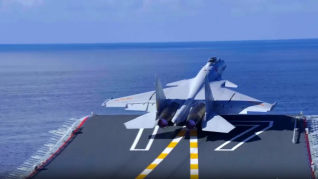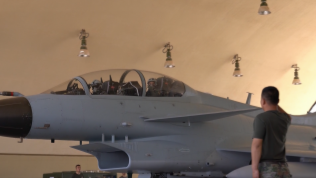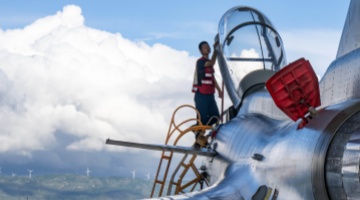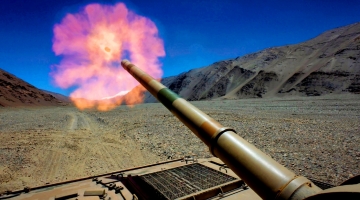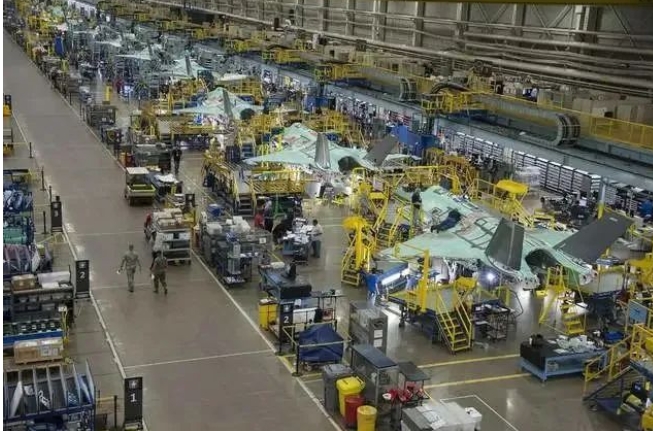
File photo: Assembly plant of F-35 fighter jets (Source: Global Times)
The US Air Force recently submitted a report titled the Department of the Air Force In 2050 to the US Congress. The report analyzes global security trends over the next 25 years, with a particular focus on potential threats and challenges posed by China and Russia.
The report released by the US Air Force can be broadly divided into three sections. The first section focuses on assessments of the future strategic environment, predicting that strategic competition among major powers such as the US, China, and Russia is likely to further escalate. The second section outlines the shape of future warfare, asserting that space will become the decisive battlefield for military operations and emphasizing the critical importance of air superiority and air-based nuclear deterrence. The third section depicts the future development of the US Air Force, stressing the necessity of expanding and strengthening the Space Force, and steadily developing the Air Force.
According to Chinese military expert Jin Yinan, the report can be analyzed from two perspectives. In the short term, the release of this report by US Department of Air Force (DAF) Secretary Frank Kendall seems to be a compelled action. At present, as Donald Trump is about to appoint a new DAF Secretary, the current Secretary Frank Kendall's term is coming to an end, so the report has been hastily released. Viewing from the medium and long term, the report reflects certain trends in the future development of the US Air Force, such as emphasizing unmanned operations and integrated warfare, which highlights the US Air Force's overall approach of relying on high-tech advancements.
Additionally, while the report mentions countries like Russia and Iran, it primarily targets China. The fast development of the Chinese Air Force has caught the US off guard, with some even comparing it to the massive shock the Soviet Union's launch of the first artificial satellite in 1957 caused to the US. The US believes that China's new-generation fighter jets and drones have significantly improved in both quantity and quality, posing a major threat to the future of the US Air Force. Therefore, it is evident that the US Air Force's report subtly highlights a hidden adversary which is the Chinese PLA Air Force.
Professor Jin analyzed that the report reveals the US Air Force's future vision, which focuses on integrating manned fighter jets with unmanned drones for collaborative operations. The report states that the US Air Force will continue to rely on the F-35 as the command platform for air combat and cooperate with drones in joint aerial operations. On the one hand, this indicates that the combination of manned and unmanned combat platforms is still evolving; on the other hand, it reflects the delayed development of the US Air Force's capabilities. The report does not explicitly describe an aircraft to replace the F-35 in the future, nor does it specify what aircraft will replace the B-21.
Professor Jin speculated that this report will undergo significant revisions and adjustments during the tenure of the new Defense Secretary and the incoming DAF Secretary. With 25 years remaining until 2050, the US government will undergo multiple leadership changes, so this report is expected to undergo numerous adjustments accordingly. Especially, there are two major constraints. One is funding, which determines how much can be accomplished. The other is the issues of US research and development capabilities and industrial capacity. To be specific, whether the funding can lead to successful research, and whether the products can actually be manufactured. These issues will become the biggest challenges for the US Air Force in revising and implementing its 2050 development vision.
Editor's Note: Originally published on military.cnr.cn, this article is translated from Chinese into English and edited by the China Military Online. The information and opinions in this article do not necessarily reflect the views of eng.chinamil.com.cn.







